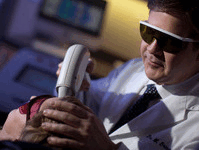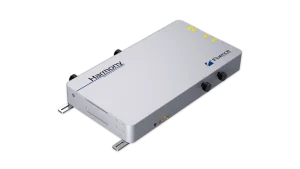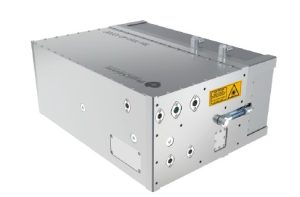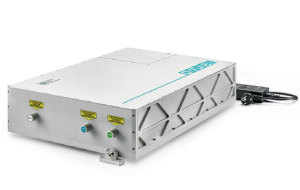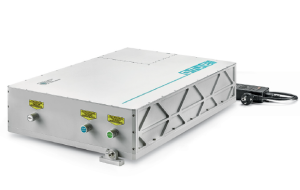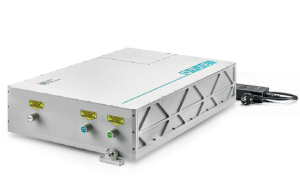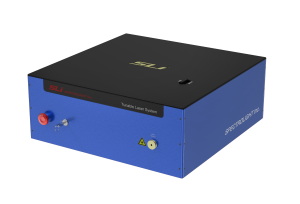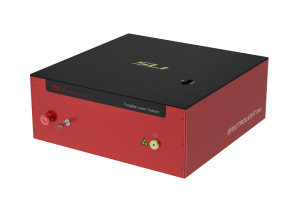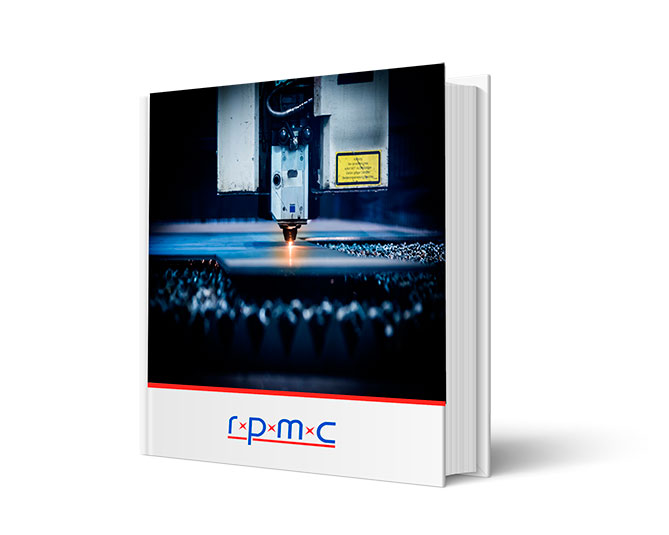The Tunable Lasers We Offer:
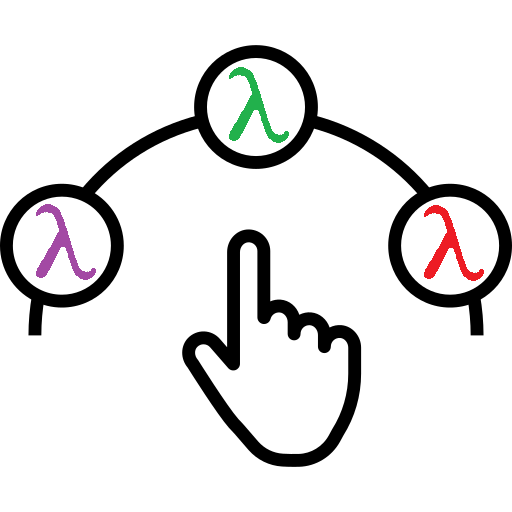
Wavelength Tunability From ≈ 200nm up to 10um
-
- Continually tunable wavelength configuration from 210nm to 2300nm
- Other configurations provide tunable wavelength options within ≈ 210nm – 10µm
- Choose a wavelength range that is important to you, saving money on those you don’t need
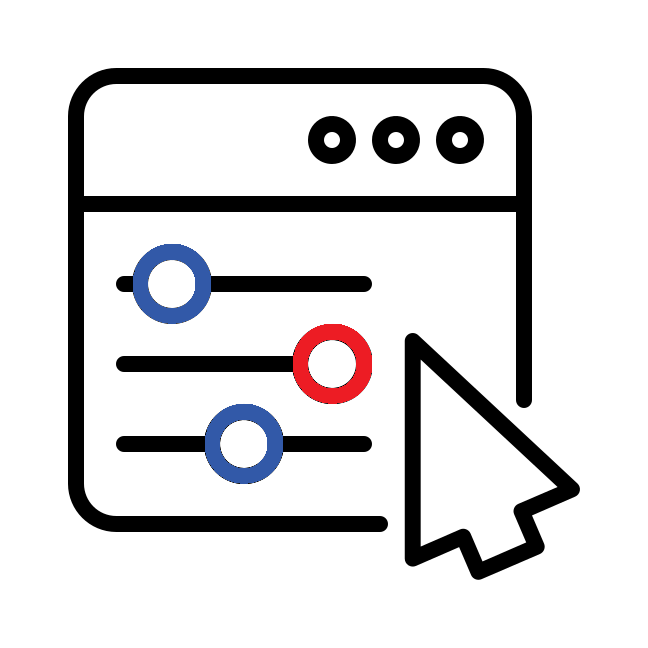
Precise, Hands-Free Wavelength Tuning w/ Remote Control & Diagnostics
-
- Automated self-optimization, self-calibration, and hands-free wavelength tuning
- User-friendly browser GUI allows freedom to control the laser w/ no software installation
- Remote diagnostics and troubleshooting from any computer or smartphone

All-in-One, Air-Cooled Solutions w/ Long Service Life
-
- Compact, turn-key design saves space & minimizes the difficulty of setup and operation
- The absence of a bulky chiller unit will save you even more space, time, money, and effort
- Guaranteed pump diode lifetime greater than 2 giga-shots
For nearly 30 years, RPMC’s selection of Tunable Lasers has set the standard for affordable precision across a wide range of applications, from defense to medical, industrial, and research with 1000’s of successful units in the field. We understand that every application has unique requirements, which is why our configurable platforms are designed to offer the perfect fit for your needs—whether you’re working with fundamental wavelengths, harmonics, or specialty wavelengths. As your partner, we’re here to guide you through the selection process, ensuring that your tunable laser integrates seamlessly into your existing systems. With time-tested technology that balances power and precision, we’re committed to supporting your success every step of the way.

 SHIPS TODAY
SHIPS TODAY 